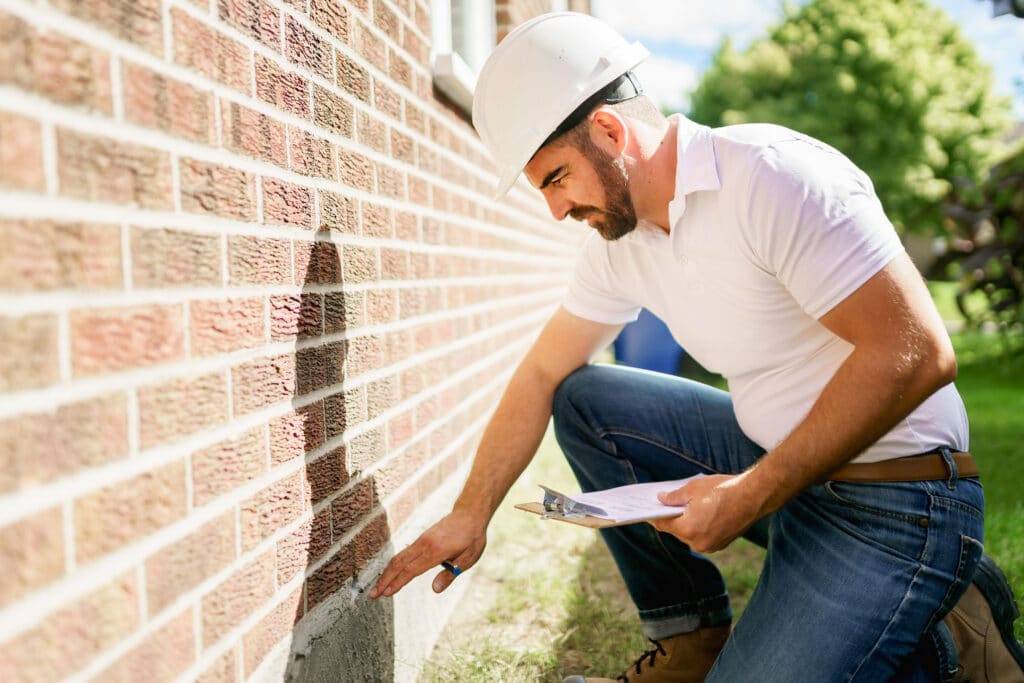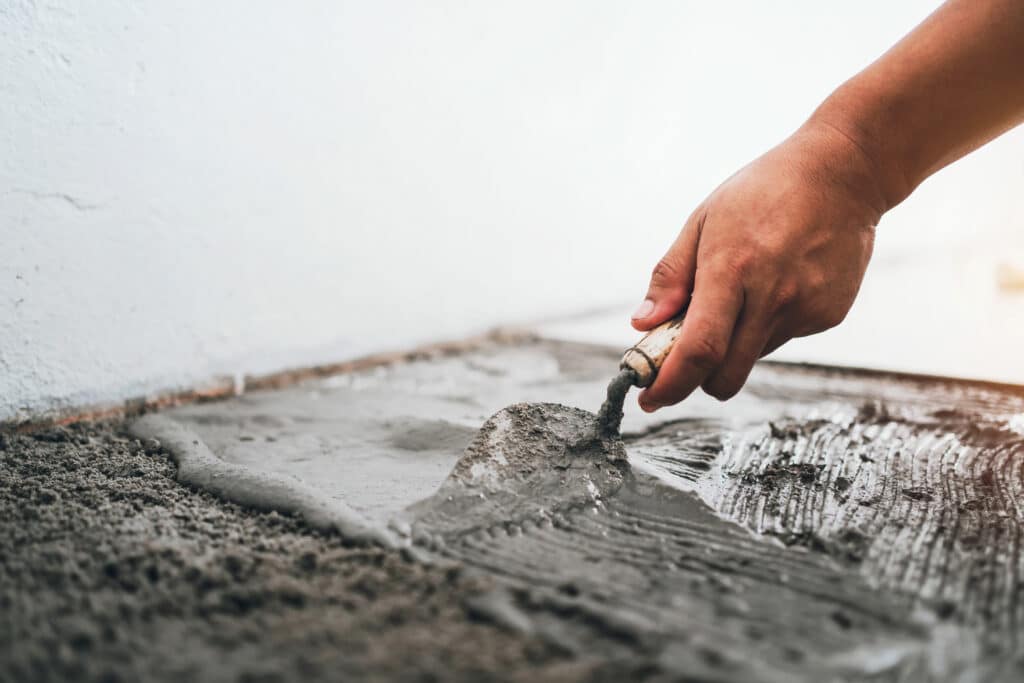Common Causes of Foundation Problems in San Antonio
A home in San Antonio might experience foundation issues for a variety of reasons. Some are specific to the local environment, while others are widespread nationwide. They include:
- Standing water: Standing water around your home can threaten your foundation, especially when it gathers in areas your drainage system doesn't reach.
- Improper modifications: Roofing or landscaping work that wasn't performed to standard could lead to your foundation settling.
- Aging plumbing: While many San Antonio homes are fairly new, some still use cast-iron plumbing. When the pipes start eroding, leakage could reach your foundation and even pool beneath it.
- Tree Roots: Tree roots can intrude into a home's foundation through cracks, and may create stress that leads to your foundation cracking, pipes being damaged, and overall structural deterioration.
How to Choose the Best Foundation Repair Company
Your home's integrity weighs heavily on its foundation. It's vital to select the top professionals possible. Focus your research on these characteristics:
Licensing and Experience
In Texas, local governments can choose to require contractor's licenses. Even some major cities do not require licensure to alter or repair foundations. We recommend contacting your local officials to learn more about contractor and building standards. Talk to team members to gain further insight into a company's experience. You should ask about local permit ordinances, building codes and inspection processes.
Another way to gauge a company's credibility is to examine its website. There, you can learn how long it's been in business and its trade qualifications. It might also share knowledge and insights through blog posts, podcasts, or videos.
Customer Reviews
We suggest looking into the company's Better Business Bureau (BBB) profile to find out whether it's accredited and has a good customer review score. You can check whether other homeowners have reported satisfaction or filed complaints. Pay special attention to what customers say about company warranties. Complaints don't mean a contractor is unreliable. BBB reviews show how the company handled complaints. It's a positive sign if the company has fixed issues appropriately and proactively. You should steer clear of a company with numerous negative reviews, no accreditation, and no communication regarding issues.
Foundation Repair Cost in San Antonio
The cost of foundation repair can vary substantially based on the extent of the problems and what needs to be done to fix them. For minor foundation fissuring and settling issues, you may pay as little as $1,800. However, if there is quite substantial deterioration, the average cost will be around $3,000. More intricate jobs involving digging, helical piers, or extensive concrete leveling could run you $6,900. Below are the average foundation repair costs for common issues.
| Common Foundation Repair Services | Average Cost |
|---|---|
| Crack Repair | $351 |
| Leak Repair | $2,817 |
| Stabilization | $4,881 |
| Underpinning | $1,343 |
| Waterproofing | $3,112 |
Ready to Get a Quote on Your Foundation Repair Project?
Please enter a valid 5-digit zip code!
Frequently Asked Questions About Foundation Repair in San Antonio
What will I pay to repair my foundation in San Antonio?
What's the most popular foundation type in San Antonio?
When do I need to waterproof my foundation?
Note that there are two kinds of waterproofing. Interior waterproofing involves installing sump pumps and drains or using sealants around a cellar. Exterior waterproofing is usually less expensive. It involves installing exterior drains and creating physical barriers between your foundation and lawn.
What are some "red flags" indicating a foundation company to avoid?
To share feedback or ask a question about this article, send a note to our Reviews Team at reviewsteam@thisoldhousereviews.com.
More Foundation Resources
National Foundation Repair Ranking Methodology
Sources
U.S. Census Bureau (American Communities Survey)
















